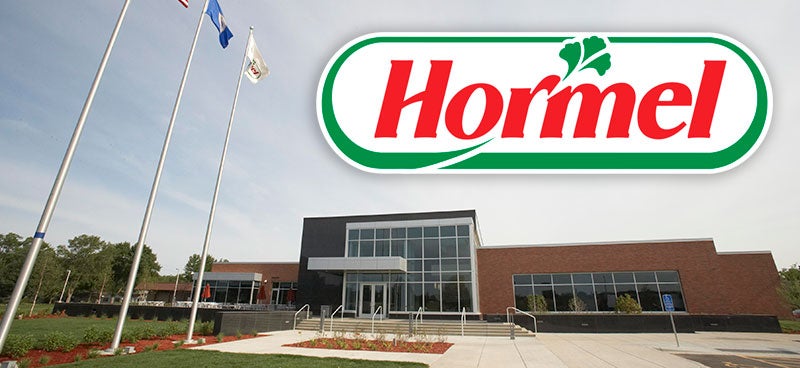Morem’s back in business
Published 2:10 pm Saturday, June 12, 2010
The tornado that ripped through northern Austin on June 17, 2009, caused roughly $750,000 in damage to city property, along with an estimated $4 million in damage to area businesses.
But dollars and cents don’t tell the whole story. To fully understand the impact of the storm, you need to meet people like Dan Morem.
Morem owns Morem’s Tree Service. Located at 3608 Fourth St. NW, the family business happened to be right in the twister’s path. The 100 mph-and-up winds ravaged nine sheds, destroyed a barn and ripped siding from Morem’s office building.
Now, 12 months later, Morem is fully up and running again. But getting to this point wasn’t easy — Morem said he initially thought about not rebuilding at all, but his love for the job compelled him to go forward.
With a number of insurance adjusters coming out for various lost or damaged items, Morem said getting money was hard. Ultimately, he poured a lot of his own savings into the job. Morem also ended up switching insurance companies, he said.
Rebuilding the sheds and barn took roughly four months, and just last week, the finishing touches — new paint and carpet — were put into the office building.
Looking back, the owner said he learned one overriding thing from the tornado: overcoming a disaster is possible, especially with the help of so many volunteers.
“I learned that there are an awful lot of good people out there,” Morem said. “People came from Minneapolis, from all over. They just came. There are good people out there and they wanted to help.”
He added: “We’re so grateful.”
Sandy Forstner, the executive director of the Austin Area Chamber of Commerce, said other nearby businesses — all of whom have rebuilt — shared similar stories of resolve and teamwork.
“I thought the response was remarkable,” Forstner said, noting all the helping hands who came in. “Businesses in that affected area went to work immediately.”
Forstner said it is hard to say exactly how much damage was sustained — $4 million has been used as an estimate, but that figure doesn’t take into account losses due to days out of business. More important than the dollar amount, Forstner said, is that no one was hurt and that business owners learned that they can survive a disaster.
“They learned how to keep things running in less-than-ideal situations,” he said.
The city also had to adapt to less-than-ideal conditions. Tom Dankert, the city’s financial director, said a rash of floods in Austin has prepared local leadership to deal with disasters.
“Unfortunately, we’ve been through this,” he said. “Everybody is accustomed to what they need to do.”
Among other things, that means that city staff are comfortable working with each other. Not only is that important during and immediately after a disaster, but also when dealing with insurance issues, Dankert said.
“It’s a lot of documentation,” the financial director said. “We have certain leadership (in Austin) that is experienced with that.”
To date, the city has successfully made claims on $731,000 worth of damage, paying a deductible of $25,000 in the process. Those funds have covered repairs at Austin’s hardest hit areas — Todd Park, which lost lights, fences and trees, the Jay C. Hormel Nature Center and the airport.
With all that money poured in — and with all the hard work that has come along the way — Dankert said Austin is, by-and-large, back to where it was before the storm.
“From my standpoint, the community response was phenomenal,” he said.
Morem would agree, but, of course, he would rather have never needed the help in the first place.
“I don’t ever want to go through that again,” Morem said of the June 17 tornado.





